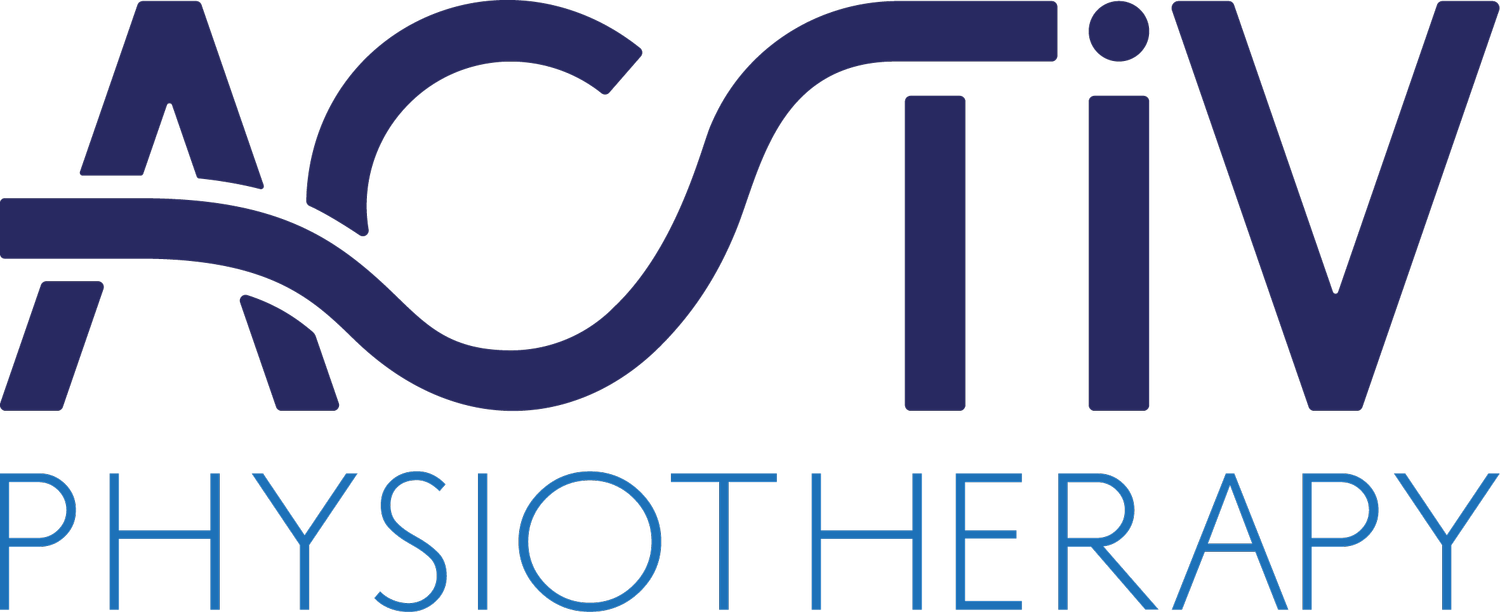Osteoarthritis - Symptoms & Treatments
What is osteoarthritis?
Arthritis is a condition that causes pain and inflammation in a joint. The various forms of arthritis are accompanied by different characteristics and causes. The most common and likely culprit is often Osteo-arthritis (OA), which can affect up to 80% of people.
What causes osteoarthritis?
In normal life activities, the joints are subject to mild wear and minor damage. In most cases, your body repairs the damage itself as quickly as it created and as such, we don’t have any symptoms.
But in OA, the protective cartilage on joint surfaces of bones breaks down faster than it can be repaired, causing pain, swelling and difficulty with joint movement. Bony growths (osteophytes) may form, with possible redness and swelling in the area.
Where does osteoarthritis commonly occur?
Hands
Knees
Spine
Hips
Who is at risk of osteoarthritis?
Several things are thought to increase your risk of developing osteoarthritis, including:
Joint injury – overusing your joint when it has not had enough time to heal after an injury or operation.
Age – risk is increased as we continue to age.
Family history – osteoarthritis may run in families, although no single gene has been scientifically found to be responsible.
Other conditions (secondary arthritis) – osteoarthritis can happen in joints severely damaged by other conditions, e.g. Gout or Rheumatoid arthritis
Obesity – being significantly overweight, puts excess strain on your joints, mainly in the key weightbearing joints of the legs, such as your knees and hips
Being female– osteoarthritis is more common in women than men.
Normal hip joint
Hip joint with Osteoarthritis
What are the symptoms of osteoarthritis?
To help determine whether you have osteoarthritis, we will first ask you about your symptoms and examine your joints. We may suspect osteoarthritis if:
you're aged 45 or older.
you have joint pain that gets worse the more you use your joints.
the stiffness in your joints is there in the mornings.
Further tests – such as X-rays or blood tests – are not usually necessary, but may be used to rule out other possible causes, such as rheumatoid arthritis or a fractured bone.
What is the treatment for osteoarthritis?
Apart from medication, lifestyle changes and gym exercise physiotherapy can be a useful treatment for arthritis. At Activ, we see a lot of arthritic joint related issues and treat using a variety of techniques…
Joint mobilisation or manipulation: To assist in the movement of the joint, reduce contractures and stiffening of the joint and help the body maintain its natural lubricating fluid in the joint.
Soft-tissue release: Massage and stretching of tissues around the joint will help with pain relief and joint mobility.
Acupuncture: There is evidence that acupuncture can help with reducing the sensitivity of the tissues in the arthritic joint, inhibit the pain process in the brain to aid normal movement and assist in the production of cells that can reduce the inflammation in the joint.
Exercise: Exercising has been proven to be a useful way to manage arthritis. Strengthening the muscles around the joint, maintaining and increasing movement and improving general fitness too. Our physiotherapists can teach you a programme suited to your problem and can even take you through it in our gym on-site.


